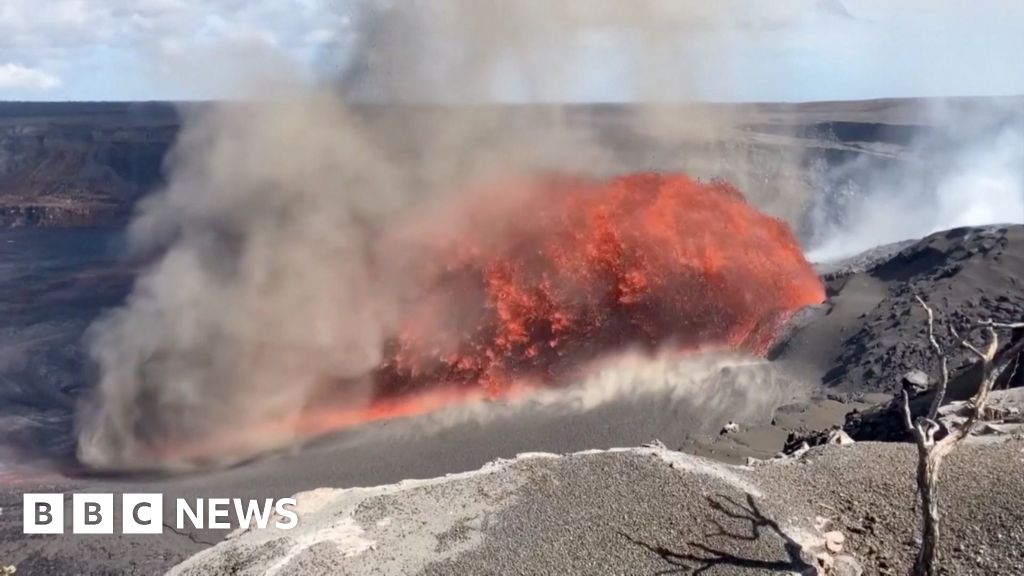Scientists have unraveled the cause behind the 'earthquake swarm' that shook the Greek island of Santorini earlier this year. This unusual seismic activity, featuring tens of thousands of quakes, was triggered by molten rock moving through an underground channel, as over 25,000 earthquakes occurred within a three-month period.
The research team utilized physics and artificial intelligence to effectively analyze the earthquakes, treating them as virtual sensors to elucidate their patterns. Dr. Stephen Hicks, a leading researcher from UCL, emphasized that this innovative approach may pioneer new methods for forecasting volcanic eruptions.
The seismic unrest, which began in January 2025, generated significant concern among locals and tourists, many of whom fled fearing an imminent eruption from the nearby Kolumbo volcano, reminiscent of the devastating earthquake that struck the area in 1956.
By constructing a 3D model of the geological environment surrounding Santorini, researchers mapped the evolving patterns of seismic activity. Their findings indicated that the earthquakes were caused by magma moving horizontally from beneath the island, through a deep underground channel measuring more than 30 kilometers long.
In an astonishing estimate, the volume of magma that infiltrated the crust was capable of filling around 200,000 Olympic-sized swimming pools. These 'magma intrusions' led to thousands of small, cascading tremors as they forced their way through the Earth's rock layers.
Looking ahead, the researchers suggest that while the current seismic activity has diminished, the possibility of future unrest remains. Dr. Hicks reassured that the magma currently resides deep in the crust, having cooled without reaching the surface, but acknowledged that volcanic behavior can be unpredictable.
This pioneering use of AI along with geological principles could significantly enhance our understanding and monitoring of earthquake and volcanic activity. Such advancements could play a key role in safeguarding communities located in geologically active regions.






















